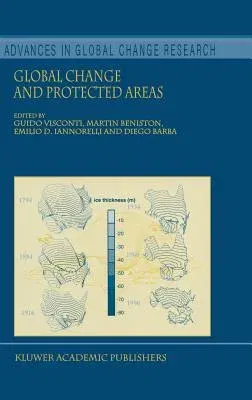High mountains can be considered as particularly appropriate
environments to detect effects ofclimate change on natural biocoenoses
in a global scale for the following reasons: Firstly, ecosystems at the
l- temperature limits of plant life are generally thought to be
especially sensitive to climate change [1][2][3]. An already
ongoing upward shift of vascular plants at high summits in the Alps,
determined by the Austrian IGBP-research [4][5][6][7][8], is
most likely a response to the atmospheric warming since the 19th
century. Secondly, high mountains still comprise the most natural
ecosystems in many countries, being largely untouched by human
settlements and agricultural influences, Therefore, climatic effects on
ecosystems can be studied without masking effects from human land use.
Thirdly, high mountain ranges are present in virtually every major
zonobiome of the earth. The research initiative GLORIA aims to establish
an urgently needed global monitoring network, by using high mountain
ecosystems as sensitive indicators, as required in the "IGBP-Mountain
Workplan" [9]. Moreover, a deeper understanding of
assemblagemechanisms andassemblage processes in vegetation patterns as a
contribution to ecological theory can be expected. This paper gives a
short general overview about GLORIA and a first outline about the
concept, method, and some few results of the "Multi Summit-Approach",
one of the basic intentions within the proposed network. It aims to
encourage the involvement of high mountain researchers and research
co-ordinators in a detailed discussion of the proposed research
activities and in a co-operation within the planned global monitoring
network.

